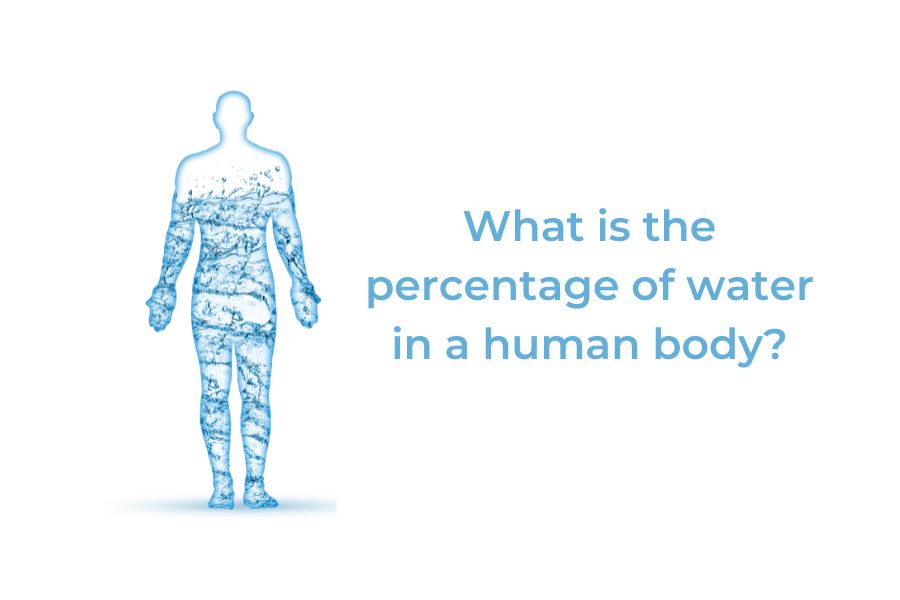Water is an important resource for all living things, and it plays a vital role in our survival. A question that often arises is, “What is the percentage of water in the human body? Understanding the importance of water in our bodies is an important part of maintaining our health. In this article, we will explore the percentage of water in the human body and the potential effects of water pollution on the environment.
Importance of water in human body
Water is the main component of our body and is required for various essential functions. These include regulating body temperature, lubricating joints, and transporting nutrients and waste products. Considering its numerous functions, it’s no surprise that water plays a significant role in our bodies.

The Percentage of Water in a Human Body
The percentage of water in the human body varies depending on age, gender and body composition. On average, adult men have about 60% water content and adult women about 55%. Babies and young children have a higher percentage, with water making up about 75% of their body weight.
Factors Affecting Water Content in the Body
Several factors can affect the percentage of water in the human body. These include:
Age: As we age, our water content decreases. This is primarily due to a loss of muscle mass and an increase in body fat, which contains less water.
Gender: Men generally have a higher water content than women because they generally have more muscle mass and less body fat.
Body composition: People with more muscle mass have a higher water content, because muscle tissue contains more water than fat tissue.
Conclusion:
The percentage of water in the human body varies depending on factors such as age, gender, and body composition. Maintaining proper hydration is essential for optimal health and wellness. Moreover, tackling water pollution is crucial to protect our precious water resources and environment. By understanding the importance of water in our bodies and the potential effects of water pollution on the environment, we can work together to create a healthier and more sustainable world for future generations.




